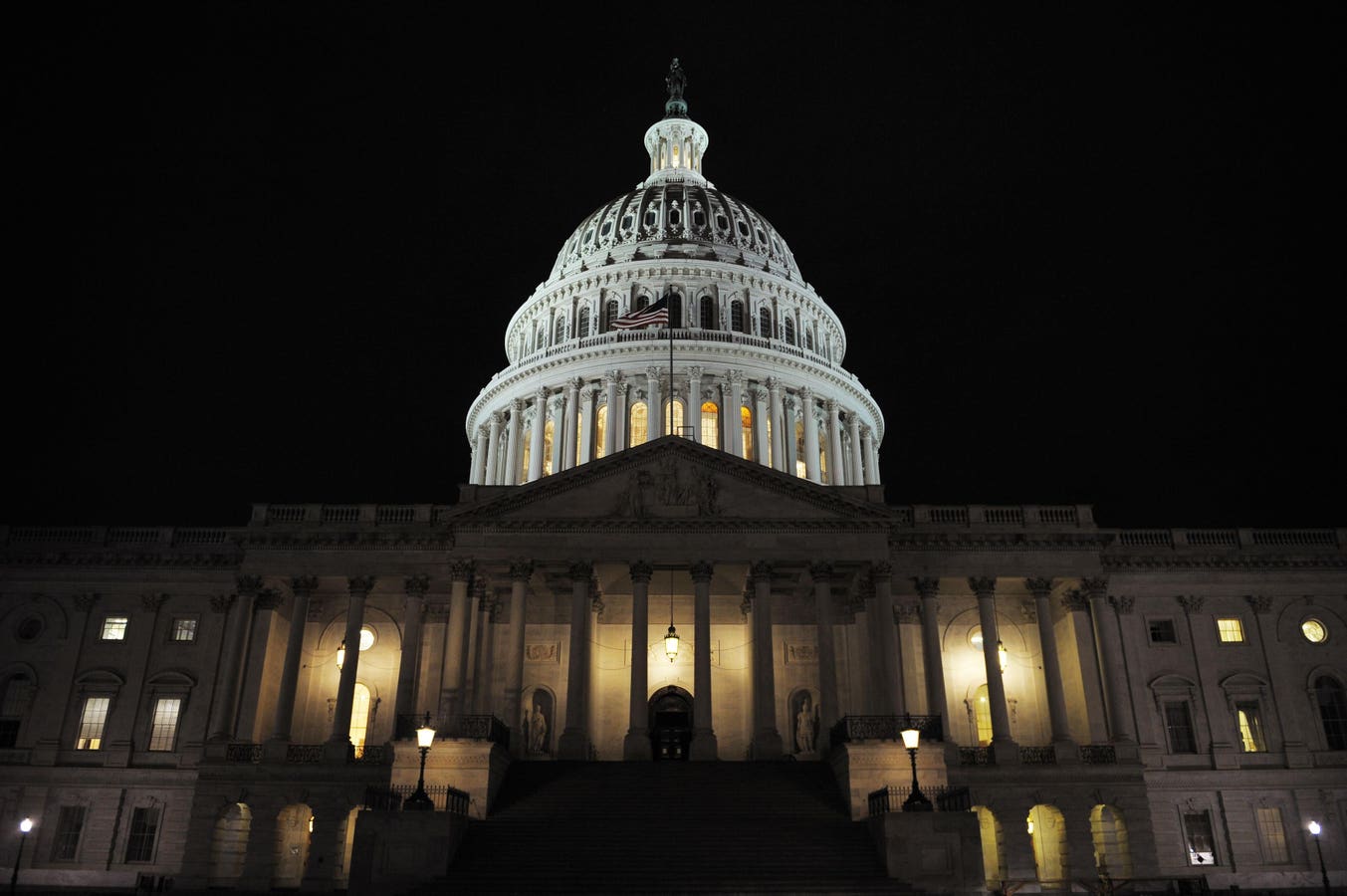As in September 2023, another government shutdown deadline approaches on November 17. It’s likely, though not certain, that a continuing resolution, or other budgetary measures, will be passed to avoid a shutdown.
However, a broader budget debate may drag on over the coming weeks and possibly into 2024 when automatic budget cuts could take effect. This ongoing topic could weigh on both stock and bond markets.
Regardless of any continuing resolution to fund the government, if a set of complete spending bills aren’t passed by the end of 2023, then an across the board 1% cut to government funding would begin in April 2024. That may present a backstop to tense negotiations as the Republican-controlled House looks to reach an agreement on the budget with the Democratic-controlled Senate. This occurs at a time when the slim Republican majority in the House makes it possible for just a few lawmakers to potentially hold-up legislation, or for bipartisan measures to present another legislative option.
The Chance Of A Shutdown
The chance of a November shutdown is about 30% currently according to event trading site Kalshi, having risen slightly with the appointment of the new Speaker, Mike Johnson. However, if a shutdown were to occur its estimated duration is just 4 days making the considerable disruption that a shutdown entails perhaps relatively brief.
Still, even if a government shutdown is avoided, we may see a measure similar to the one passed on September. This would defer agreement on the full budgeting process and may not resolve the considerable uncertainty around longer term government fiscal priorities.
Market Impact
The market impact is likely multi-faceted. On the one hand continued delay to a complete budgetary process is likely to stoke some market uncertainty. That’s because the prospects of a later shutdown or mandatory budget cuts remain, even if November’s deadline passes without incident.
In addition, bond markets will react to the overall U.S. fiscal position after a run of government deficits in recent years. What some perceive as too much debt is a concern for bond markets.
Many view current U.S. government debt levels as on a potentially unsustainable path, especially with the recent spike in interest rates now driving up the cost of servicing that debt. This is, in part, due to high levels of U.S. government debt relative to Gross Domestic Product, which is a measure used to assess debt levels between countries. Although the U.S. can always print more money to service its debt, events in the U.K. in September and October 2022 demonstrated the negative impact that can occur when the markets start to lose confidence in a country’s fiscal plans.
In these terms, the U.S. debt level is currently high compared to its own history and many other developed countries. When interest rates were extremely low in recent years, this was less of an immediate concern as high debt still carried a low interest cost. Now as government borrowing costs approach 5% the cost of simply paying the interest to maintain the debt rivals expenditure levels of key government departments.
So the next ongoing debate on the U.S. budget will matter. That’s because there is a some immediate chance of a government shutdown, but also because markets will be assessing the medium term trajectory of the government’s fiscal plans.
Read the full article here













Leave a Reply